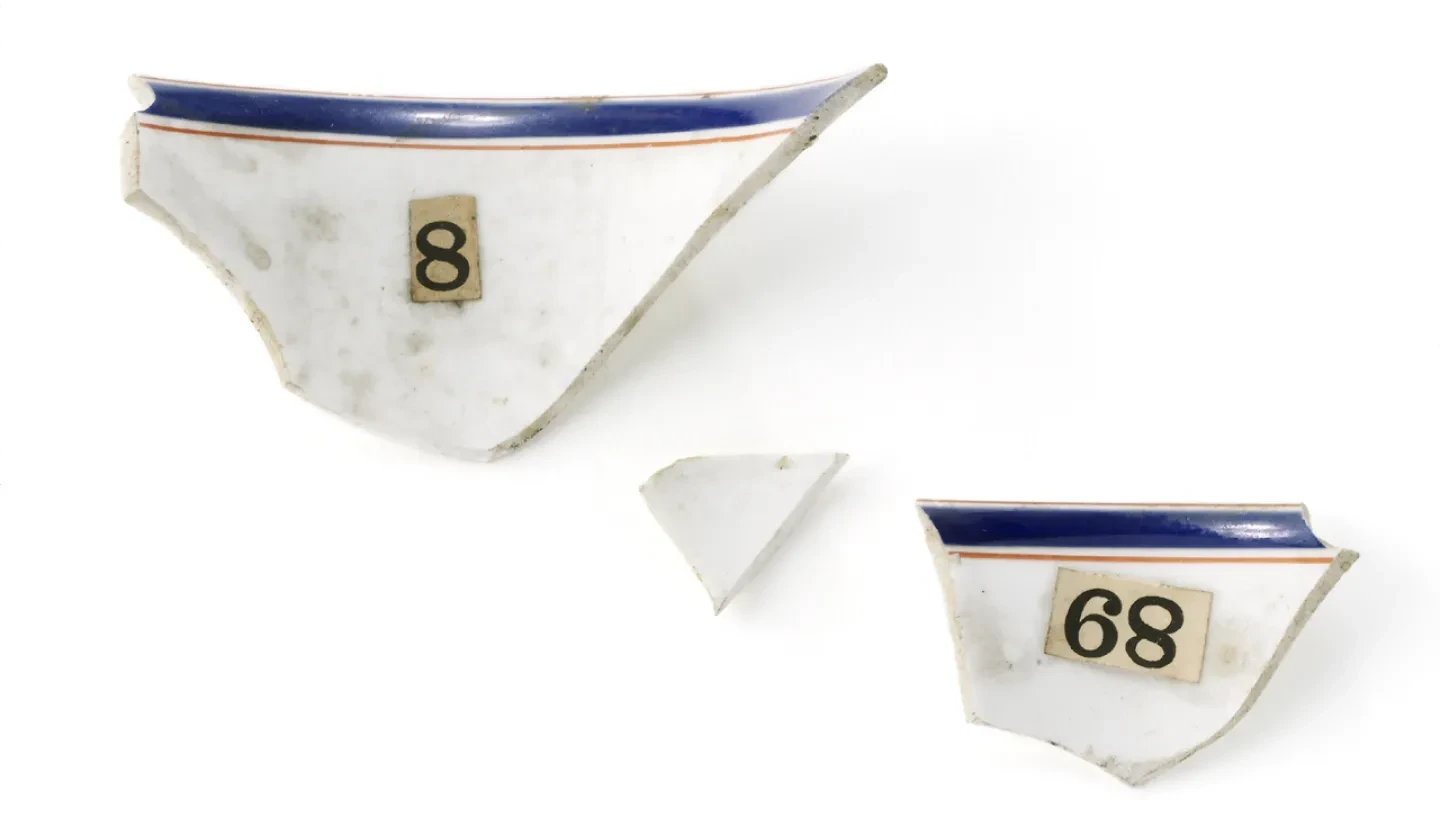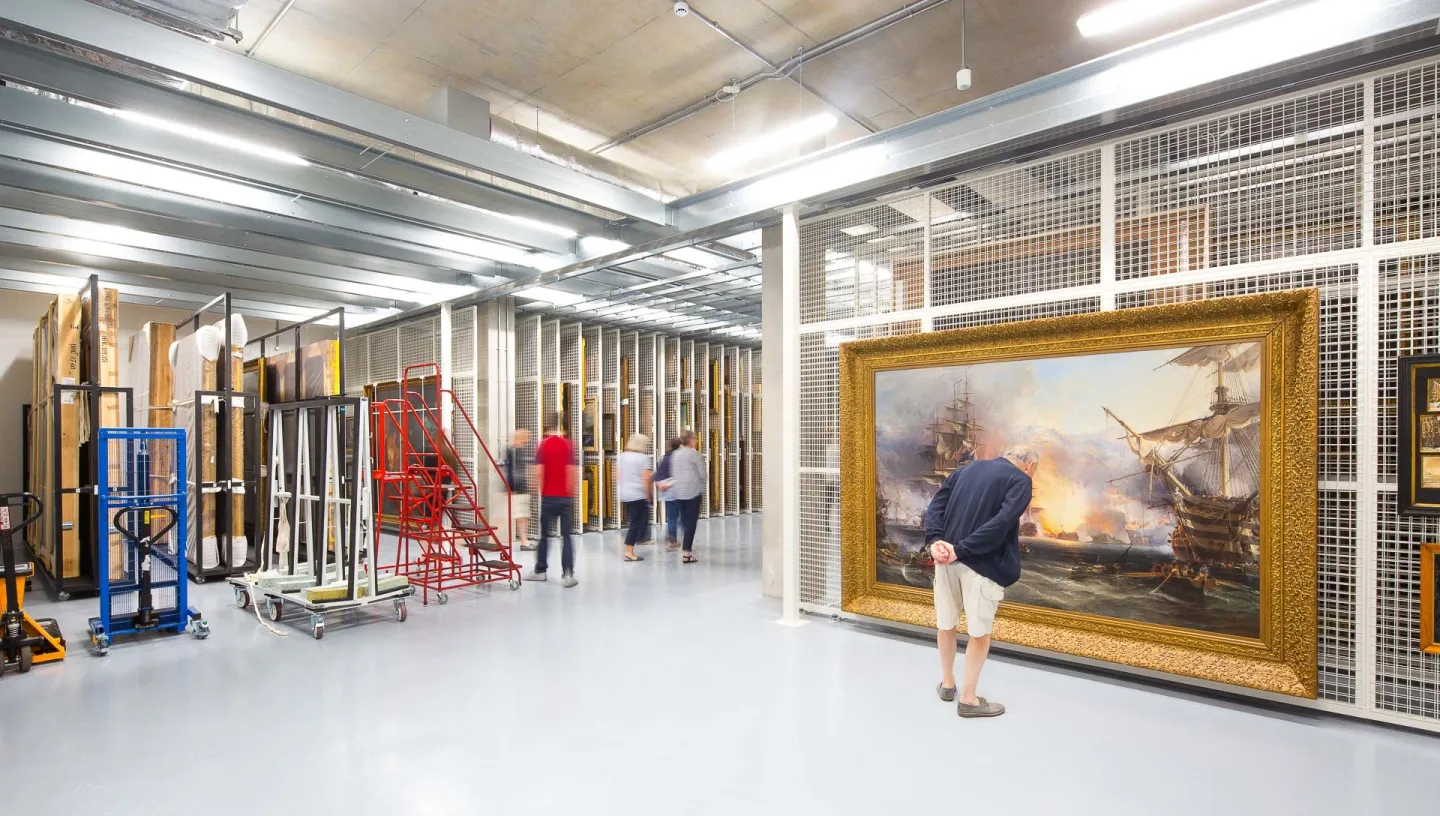
The National Maritime Museum collection includes relics and documents from the Franklin Expedition, the worst disaster in the history of British polar exploration.
A voyage of discovery destined to failure
The aim of the voyage was to find a route through the North-West Passage and carry out magnetic observations. The expedition was led by Sir John Franklin, his second in command Captain Rawdon Moira Crozier and Commander James Fitzjames. The expedition set off from the Thames on 19 May 1845, and was last sighted off the coast of Greenland at the end of July that year.
Trapped by the ice flow
Franklin’s two naval vessels sailed up the Wellington Channel before turning south toward Beechey Island, where they would spend the winter. In the spring, they sailed south down Peel Sound but, off the northernmost point of King William Island, were trapped by the ice flow down the McClintock Channel.
In the spring of 1847, a party from the expedition travelled across the ice to Point Victory on shore and deposited a written record of their progress. It is thought they reached Cape Herschel on the south coast of the island, filling in the unexplored part of the North-West Passage. Sir John Franklin died in June that year.
Abandon ship!
Still trapped in the ice, Erebus and Terror drifted south until Captain Crozier ordered their abandonment in April 1848. Weakened by starvation and scurvy, the 105 surviving men headed south for the Great Fish River. Most died on the march along the west coast of King William Island.
A 30-year search
Following the disappearance of the two ships, a series of search expeditions were sent out. Traces of Franklin’s first winter camp on Beechey Island were found in 1850, but his progress and fate remained a mystery for some time.
In 1854, Dr John Rae brought back Inuit stories that the expedition had perished somewhere to the west of the Back River. A privately funded expedition under Captain F.L. McClintock verified the expedition's route and the claim that it had traversed a previously unexplored sea route through the North-West passage before McClure had done so.
Most of the expedition's documents remained missing, which encouraged further searches such as that led by Lieutenant Frederick Schwatka of the US Army in 1878.
The majority of finds from Rae’s search were handed to the Admiralty by the Hudson Bay Company, and then passed on to Greenwich Hospital in 1854. Items from McClintock’s expedition were initially displayed at the Royal United Services Museum in Whitehall, after which they were moved to the Royal Naval Museum, Greenwich when material from the Hall and Schwatka expeditions was added. The full collection was transferred to the National Maritime Museum in 1936.
Using our collections for research
The collections at Royal Museums Greenwich offer a world-class resource for researching maritime history, history of art, astronomy and time. Find out how you can use our collections for purposes of research.



